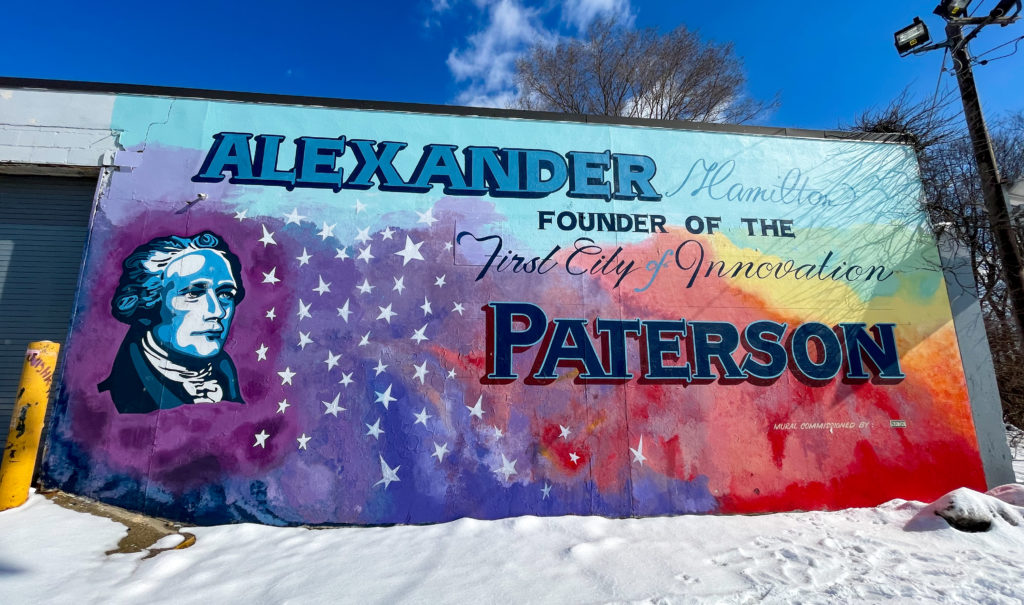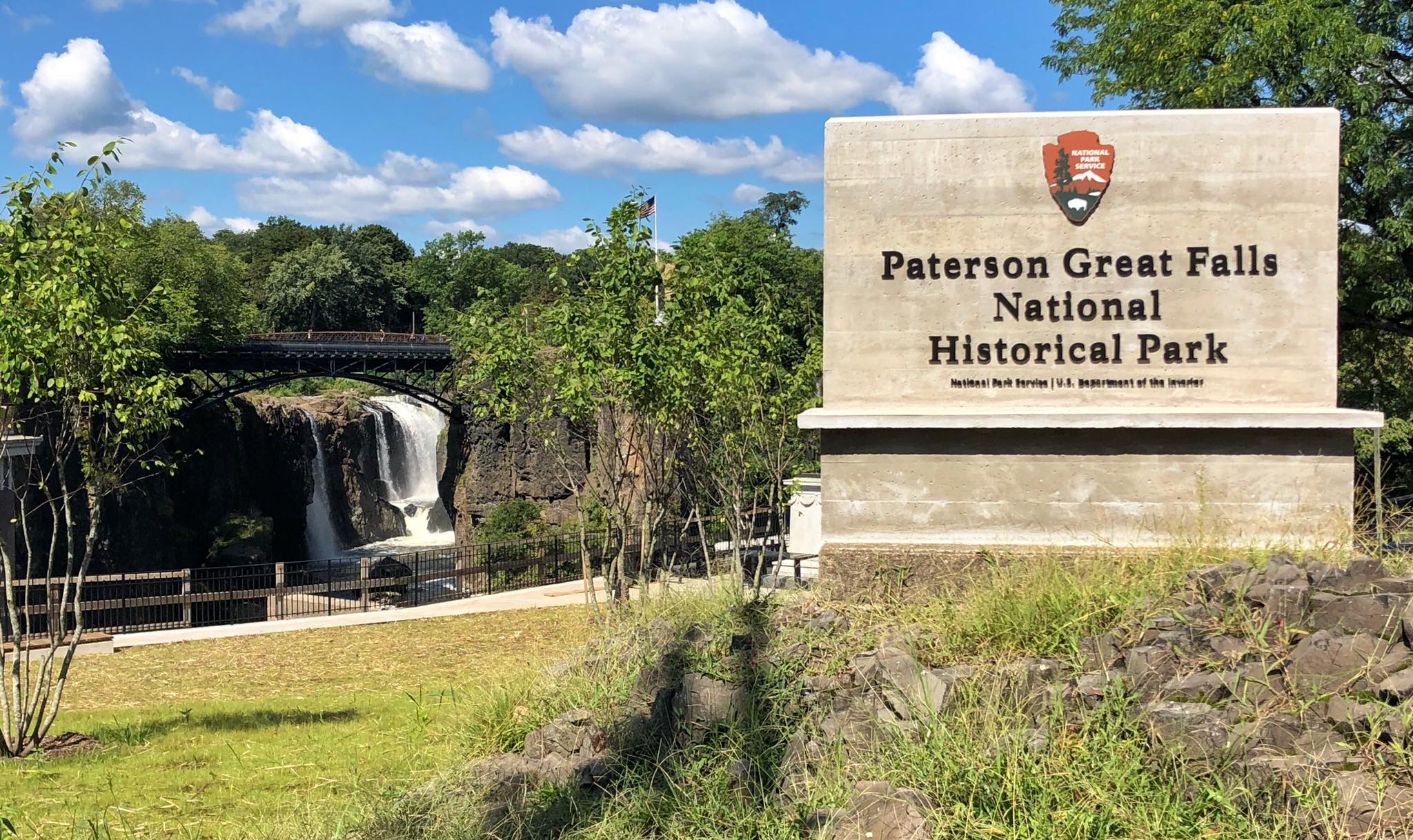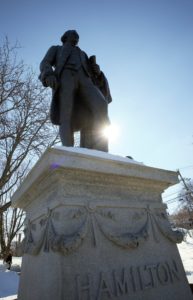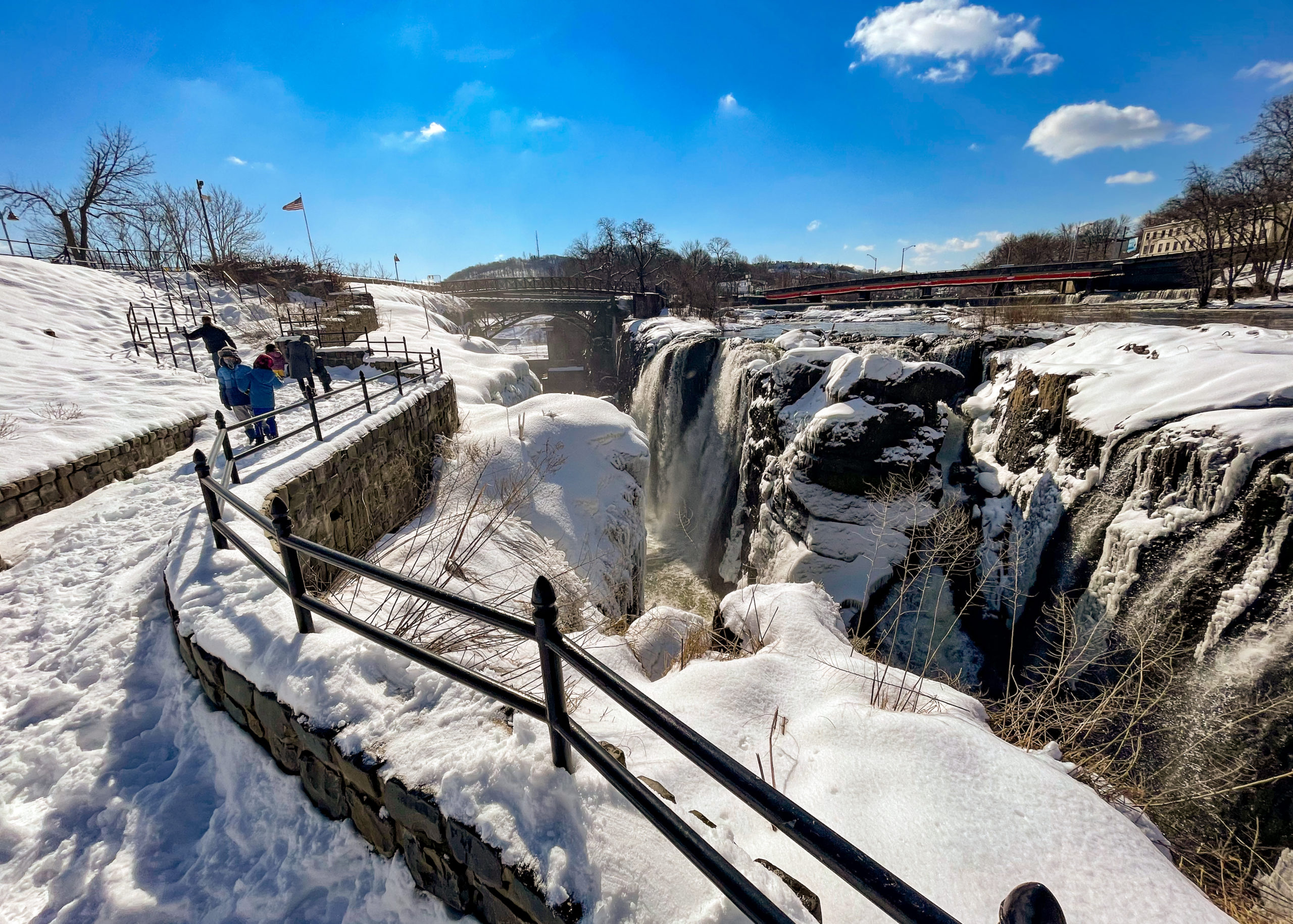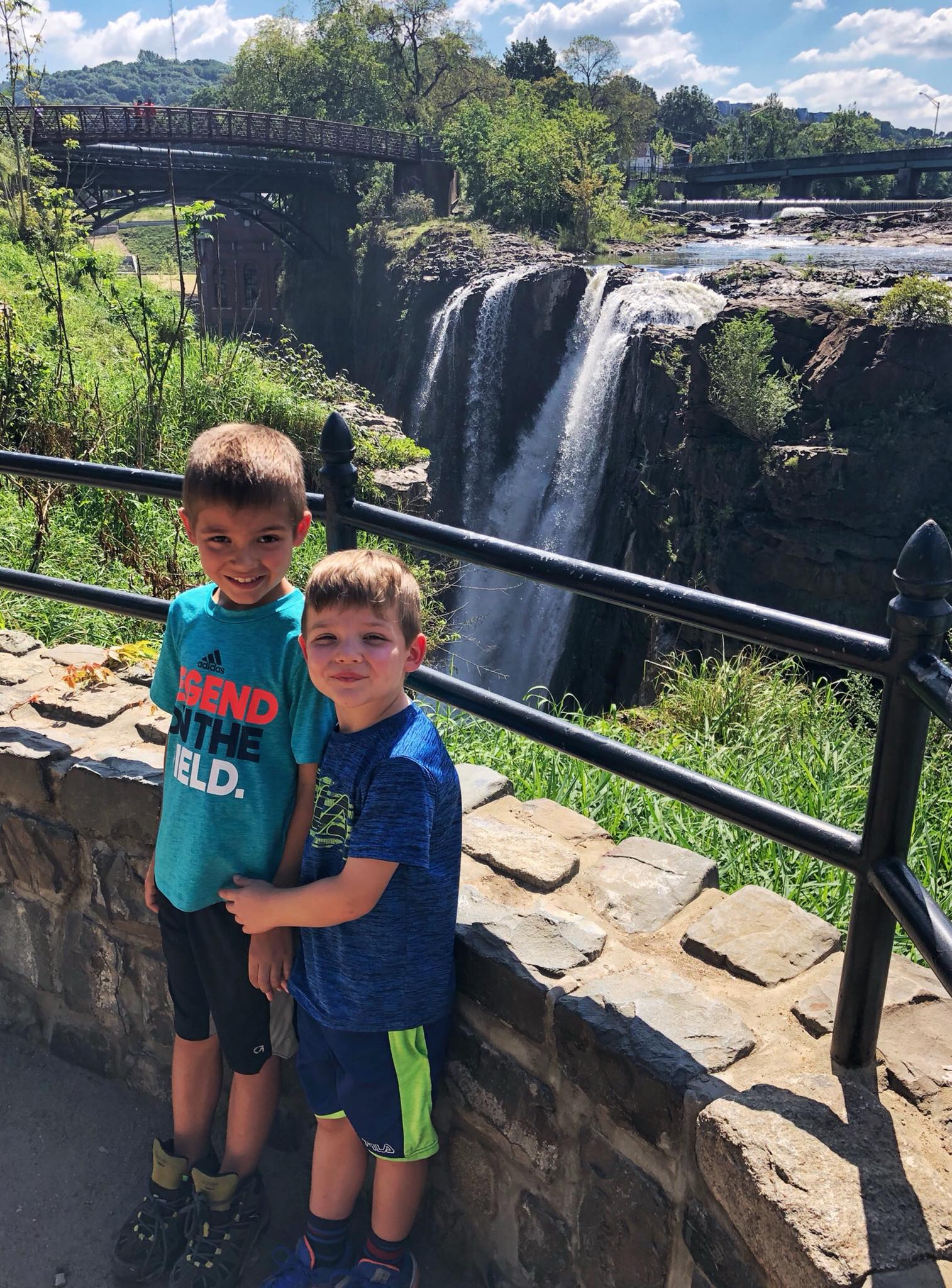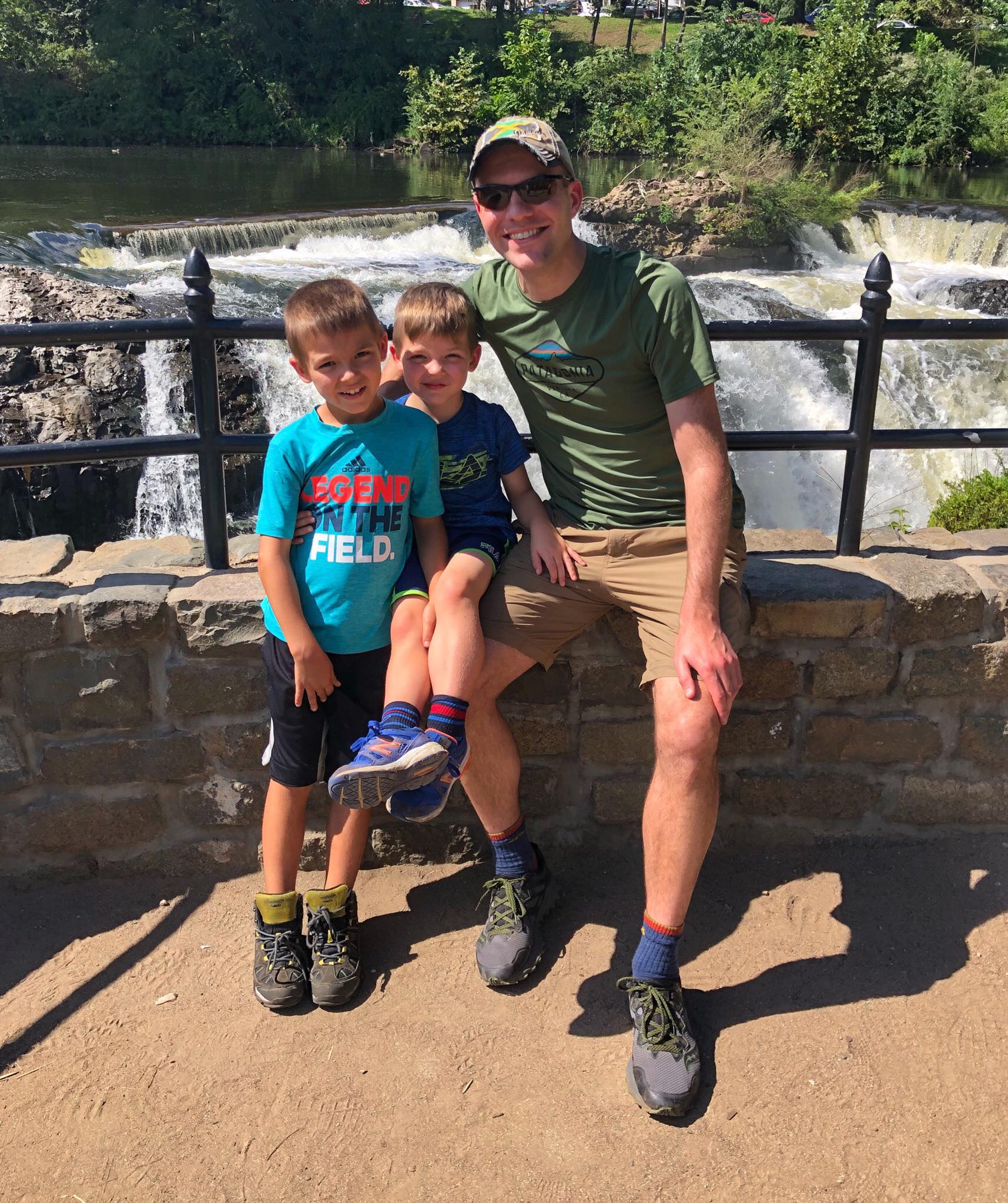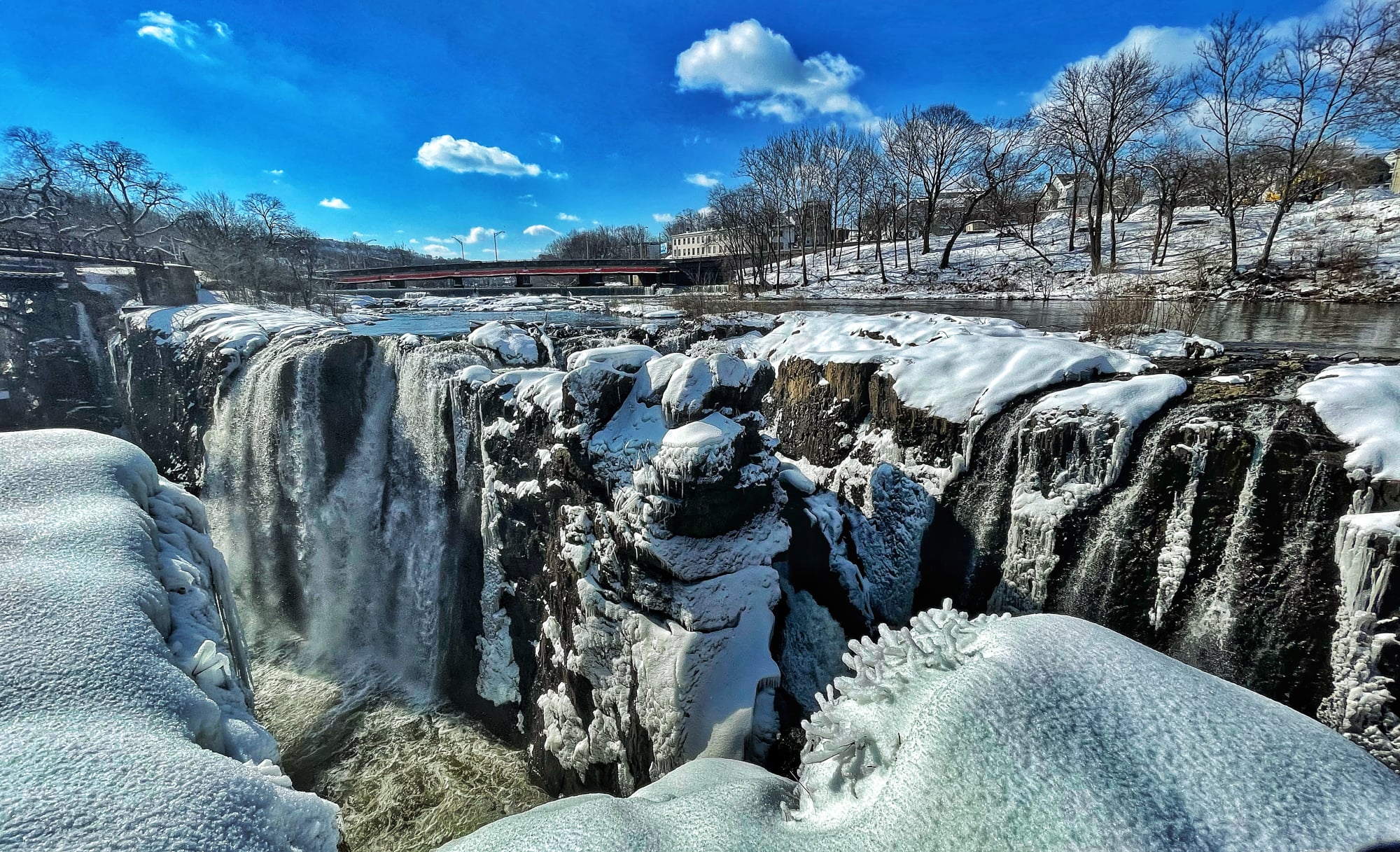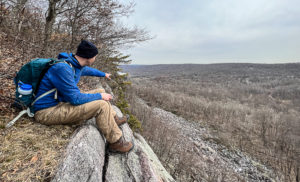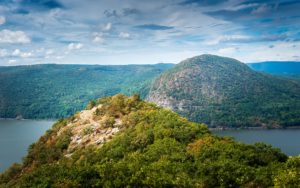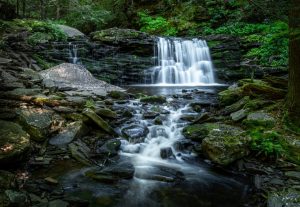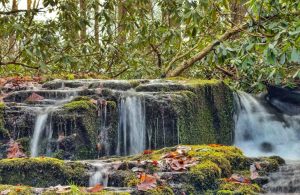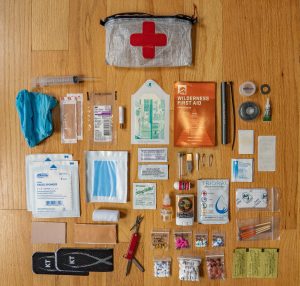Overview
Paterson Great Falls National Historical Park is centered around the Great Falls of the Passaic River – a truly spectacular and unexpected natural wonder in the middle of an urban city that is also rich with history.
Harnessing the 77-foot high, 300-foot wide falls to power the country’s first hydropower system, Paterson, New Jersey became the birthplace of the American Industrial Revolution.
As of October 2021, due to safety considerations there is an indefinite closure of the footbridge that crosses the Passaic River, and you will not be able to walk from Overlook Park to the Viewing Platform via the footbridge. In addition, the sidewalk along Wayne Avenue is closed due to reconstruction of the roadway. For the moment, to see the views from Overlook Park and Mary Ellen Kramer Park, you will need to drive between the two locations.
Paterson Great Falls Area Map
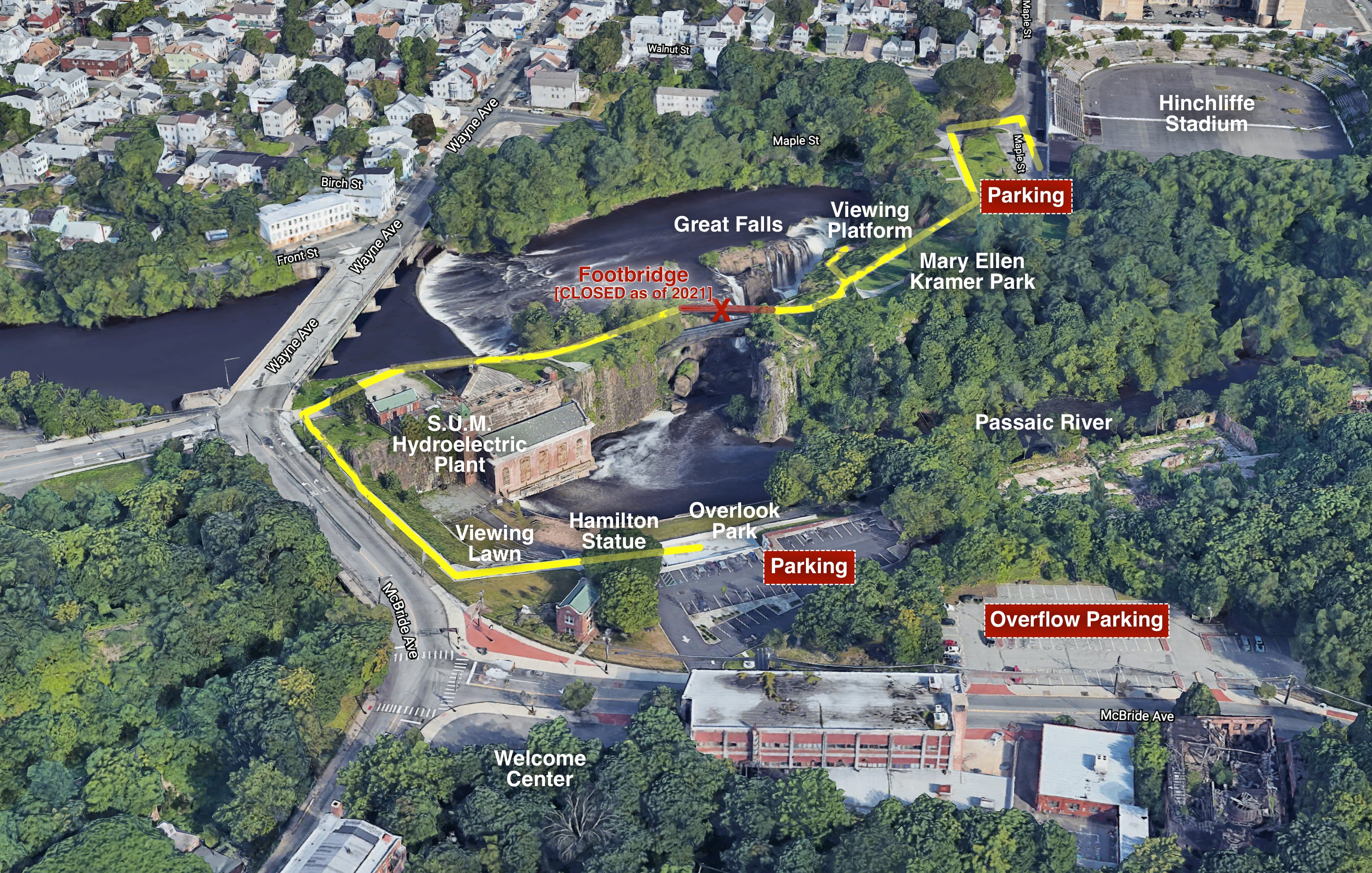
Paterson Great Falls Parking
There are two main areas to park when visiting the Paterson Great Falls National Historical Park.
Overlook Park parking area: The largest parking area is at Overlook Park, located at 72 McBride Avenue Extension. From here, you can view the falls from a distance from Overlook Park. If the lot is full, an overflow lot immediately next to it is sometimes available on weekends just 50 yards down the street.
Maple Street: To see the falls up close, you will need to head to the viewing platform at Mary Ellen Kramer Park. Typically it’s a short walk from Overlook Park over the footbridge, but as of late 2021, the bridge is closed due to safety concerns. There is some limited parking available on Maple Street near Hinchlife Stadium. Use 160 Maple Street as the address in Google maps.
History of the the Great Falls of the Passaic River
-
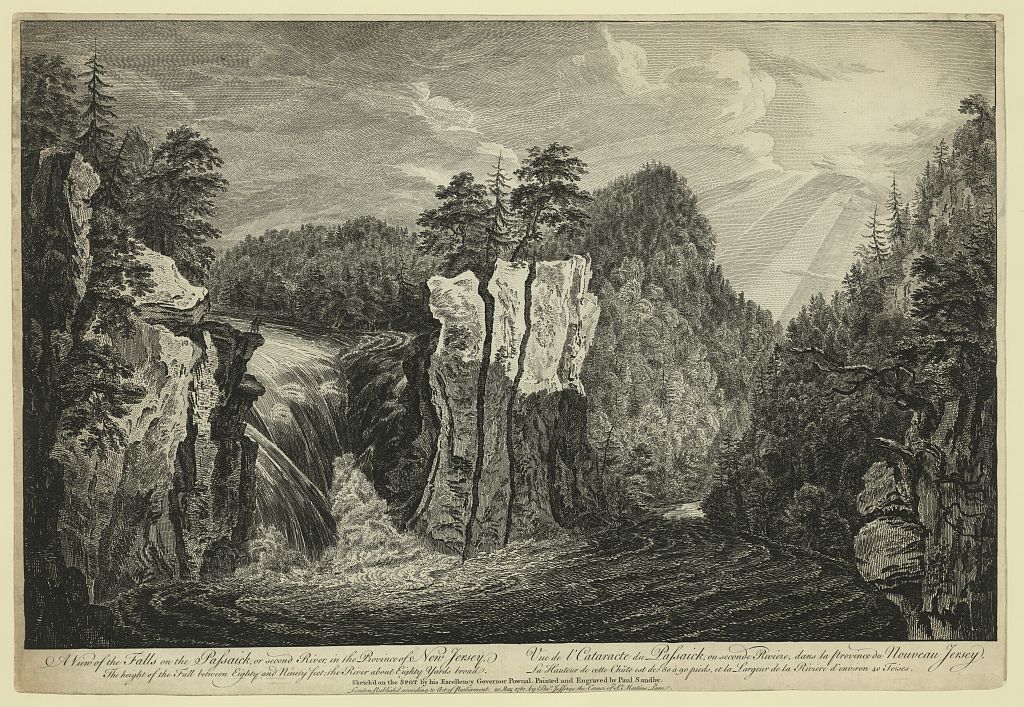
1761 etching. “A view of the falls on the Passaick, or second river, in the province of New Jersey…sketch’d on the spot by his excellency, Governor Pownal; painted & engraved by Paul Sandby.” Library of Congress -
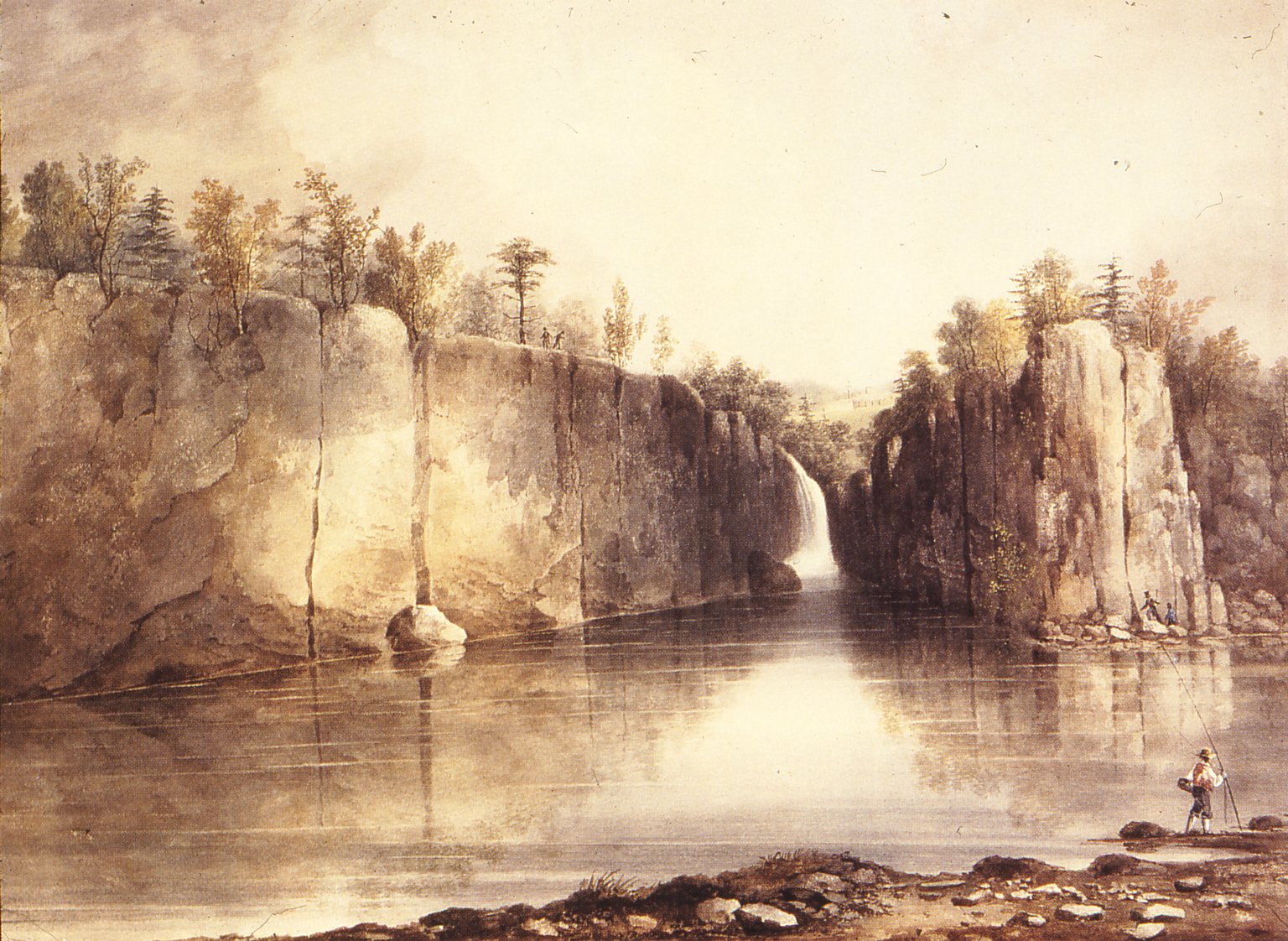
William Guy Wall, Falls of the Passaic, ca. 1820. Brooklyn Museum
The story of the Great Falls begins about 200 million years ago at the close of the Triassic Period. What is now Paterson was then just a speck of land in the middle of a vast supercontinent known as Pangaea. When the supercontinent fractured, the Earth’s crust began to shift and magma rose to the surface. Part of Paterson sites on a ridge formed by this magma flow.
The Great Falls itself formed at the end of the last Ice Age, about 12,000 years ago. As the final, massive ice sheet known as the Wisconsin glacier began to recede, it left behind a trail of debris that forced the Passaic River to change its course. The water wound its way into this valley, where it spilled into the chasm and became the Great Falls.
Before the arrival of the Europeans, the area around the Falls was homeland for the Lenni Lenape Indians, who were drawn by the rich game and fishing around the Great Falls. Even after the first Dutch missionaries and trapped visited the Great Falls, the region was still sparsely settled. When Hamilton founded Paterson in 1792 there were only 10 houses here. By the late 19th century, Paterson was the fastest growing city on the East Coast.
Visiting the Great Falls
Descriptions below are largely taken from the excellent Mill Mile self-guided tour app.
Paterson Great Falls National Historical Park Welcome Center
The Welcome Center, located at 65 McBride Ave Ext., has a museum, gift shop, and restrooms.
As of September 2021, the Welcome Center remains temporarily closed due to the COVID-19 pandemic. Portable toilets available at Overlook Park parking lot at 72 McBride Avenue. They will be unlocked from 9:00AM – 4:30PM, staff permitting. For the latest status updates, visit the park website.
Overlook Park
Alexander Hamilton Statue
A bronze statue of Alexander Hamilton rightly takes a place of honor here. Hamilton was born on a small Caribbean island, the child of a father who deserted the family and a mother who died when he was 12 years old. After writing an article about a devastating hurricane for the island’s newspaper, local merchants recognized Hamilton’s potential and raised money to send him to New Jersey for a formal education. He rose quickly to become George Washington’s most trusted aide in the Revolutionary War.
In July 1778, a young Alexander Hamilton visited the Great Falls with General Washington, French general Lafayette, and other officers of the Continental Army. Hamilton would return to the Great Falls again as Secretary of the Treasury. No natural wonder would have a greater impact on our nation’s history.
As the nation’s first Treasury Secretary, Hamilton was concerned that America remained largely dependent on England for virtually all manufactured goods, including military supplies. Hamilton chose to implement a new economic vision for America at the Great Falls. He founded Paterson to create an economy that required not slavery but freedom, that rewarded not social status but hard work, and that promoted not discrimination against some but opportunities for all.
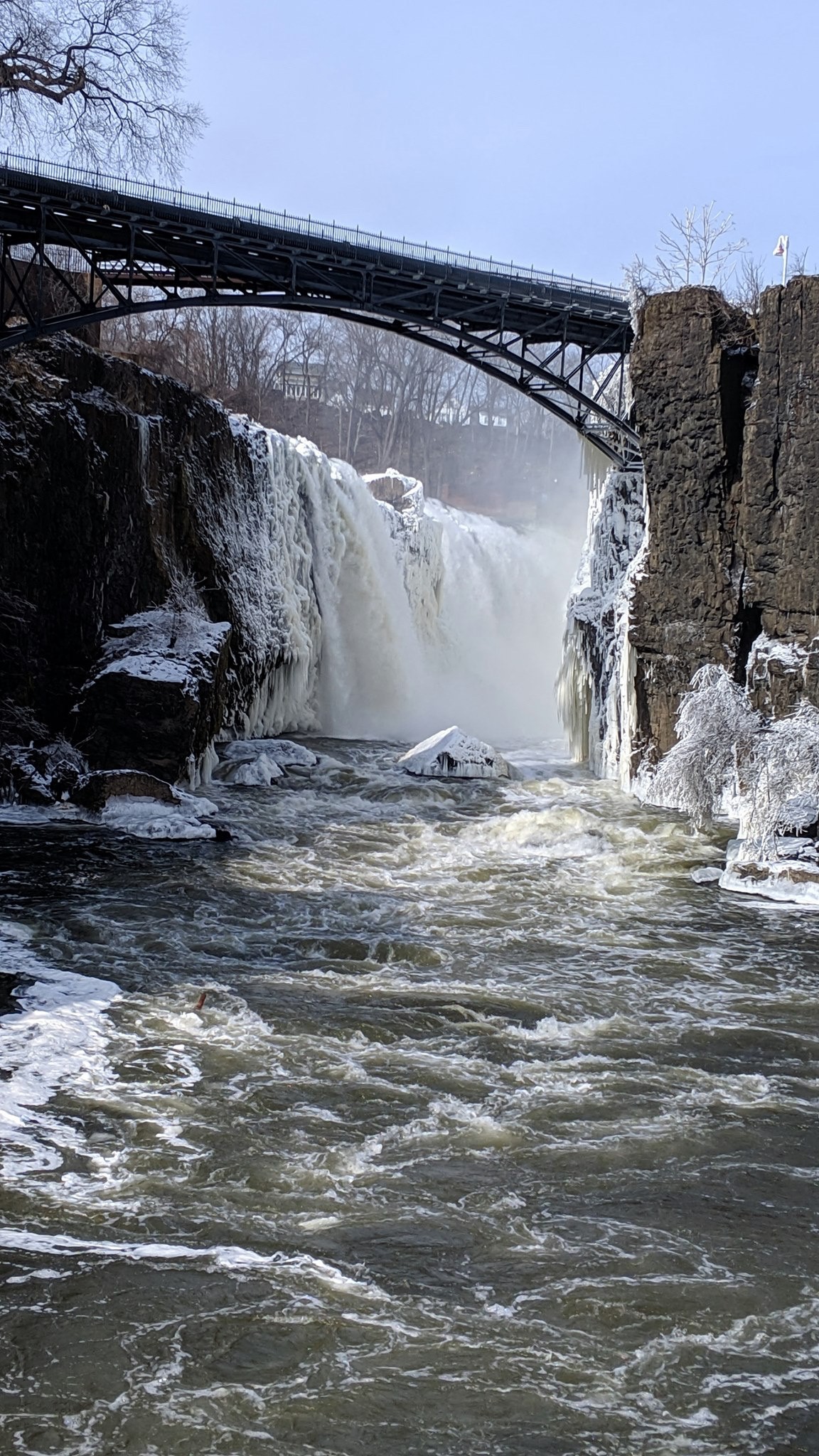
Great Falls Viewing Lawn
From the parking lot, take the steps down to the lawn that lets you get up close to the Passaic River, where you can enjoy views of the river from below. Alternatively, similarly impressive views are available from the top of Overlook Park.
Here you can look up the gorge to see water from the Great Falls crashing onto the rocks below. This view has inspired many famous painters over the centuries.

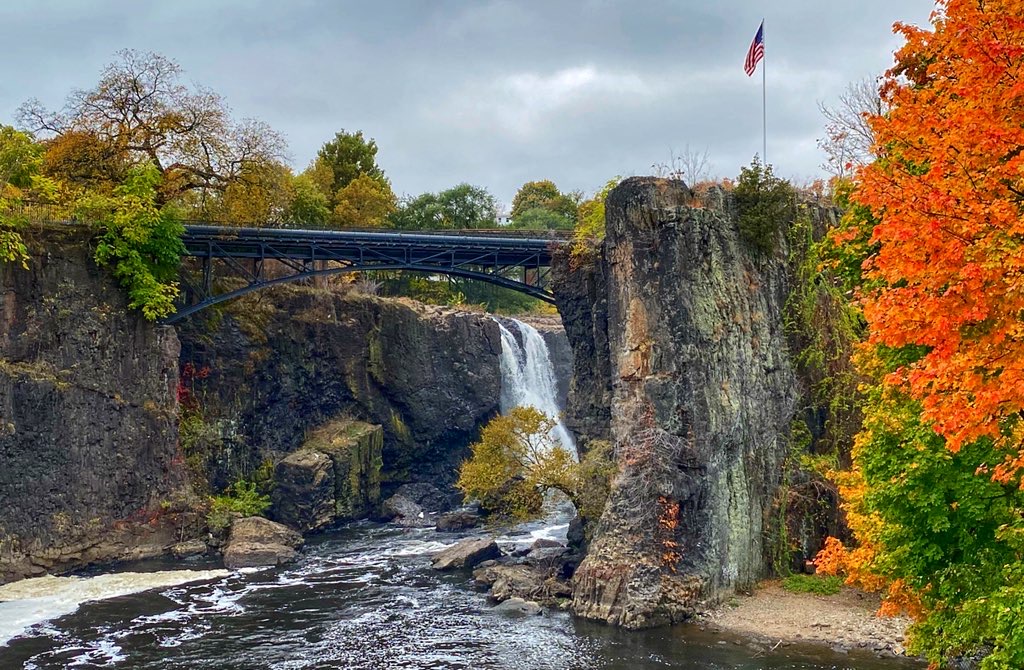
S.U.M. Hydropower Plant
Paterson was a whole new city planned from the start to stimulate industry and innovation through power. Recognizing the high startup cost of constructing and powering a factory, Hamilton created the Society for the Establishment of Urban Manufacturers (New Jersey’s first corporation), and secured large investments to purchase land around the Falls and finance a complex hydropower system centered on a system of power canals called raceways. The S.U.M. investors would make their money by renting mill sites and selling power to manufacturers, sometimes building new factories to rent them out. If a fledgeling manufacturer could not afford rent but had a promising ideas, Hamilton’s charter gave the S.U.M. the opportunity to accept stock in the startup manufacturing company instead of rent.
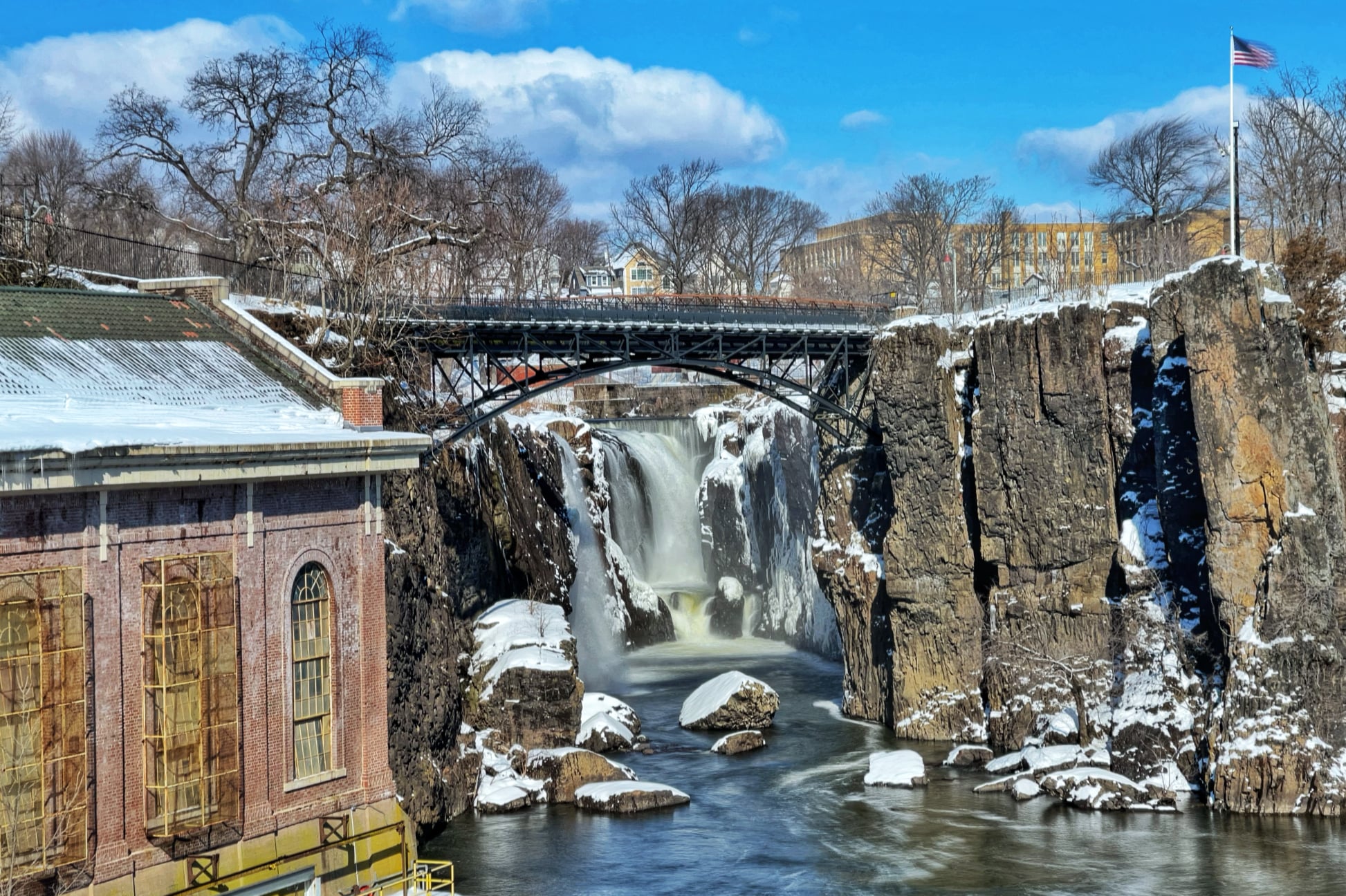
The hydroelectric plant was designed as a way to end the mills’ reliance on water from the raceways. Thomas Edison’s Electric Company drew up plans for a 4849 kilowatt energy facility.
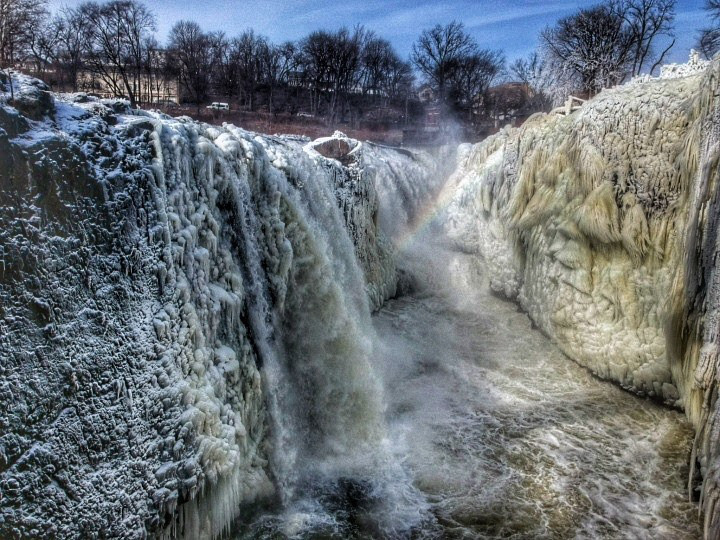
In 1914, the S.U.M. built the hydroelectric plant you see just to the left of the Falls. Replacing the waterwheels that had powered industry, this was one of the country’s first hydroelectric plants. It operated from 1914 to 1969, using about half the water necessary for the raceways to generate the same power. Today the refurbished plant provides clean, renewable energy for thousands of homes.
Great Falls Bridge
From this footbridge, you can witness the extraordinary power of the Great Falls. As the poet Williams Carlos Williams wrote: “The river comes pouring in above the city and crashes from the edge of the gorge in a recoil of spray and rainbow mists.”

Note that as of October 2021, the bridge has been indefinitely closed due to safety issues. In addition, the sidewalk of the Wayne Avenue Bridge is closed for reconstruction of the roadway. To travel between sections of the park, visitors will need to drive.
Mary Ellen Kramer Park
During their visit in 1778, Alexander Hamilton, the Marquis de Lafayette, and General George Washington rested here under a tree and had a picnic lunch of of cold ham, tongue, and biscuit. They enjoyed the view of the waterfall and the surrounding landscape of forest and farmland. Today, you can see the edge of the chasm, just several feet from the roaring waters, and feel the same heavy mist rising from underneath the Falls that inspired Hamilton more than 200 years ago.
This park is named after Mary Ellen Kramer, preservation activist and wife of former Paterson mayor Pat Kramer. In the 1970s, she launched the campaign to protect and restore the Great Falls Historic District. Dedicated as Mary Ellen Kramer Park in 1975, this area has remained important to the development of the historic district and the City of Paterson for more than 200 years, from Hamilton’s visits here as first Secretary of the Treasury, to its use as an early public park in the 1800s, to the National Park designation in 2011.
Great Falls Viewing Platform
The most dramatic views of the Falls are from the viewing platform in Mary Ellen Kramer Park.
Hinchliffe Stadium
Paterson’s Hinchliffe Stadium, named after a former mayor of the city, is one of the three remaining stadiums in the nation that hosted Negro League baseball. The 10,000-seat structure was built at the start of the Great Depression with public funds and served as a way for residents living in a city dependent on industry to enjoy themselves during the economic turmoil that harshly affected the middle class.
Hinchliffe was home field to the New York Black Yankees, New York Cubans, and Newark Eagles of the Negro leagues, and served as a recreational playing grounds for baseball games organized by mill workers. The stadium was also a venue for high school athletics, boxing, midget car racing, and entertainment, including one of Duke Ellington’s last performances.
Recent efforts have been put into restoring the stadium’s deteriorating state. Hinchliffe Stadium became a National Historical Landmark in March 2013, and a Paterson historic landmark in May 2013, ensuring that the structure would not be in danger of being torn down, and it would be preserved for future generations. On December 19, 2014, President Obama signed legislation that allowed Hinchliffe Stadium to be added to the Paterson Great Falls National Historical Park.
A $94 million renovation of the stadium broke ground in 2021.
